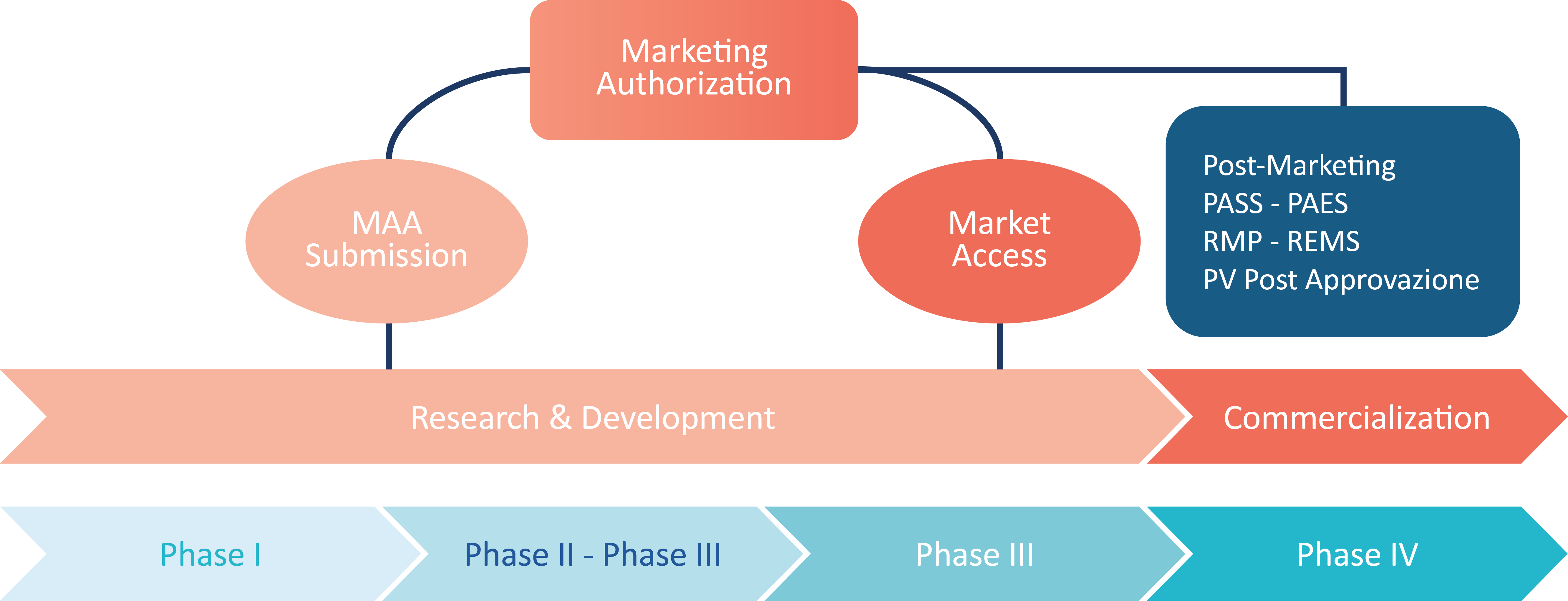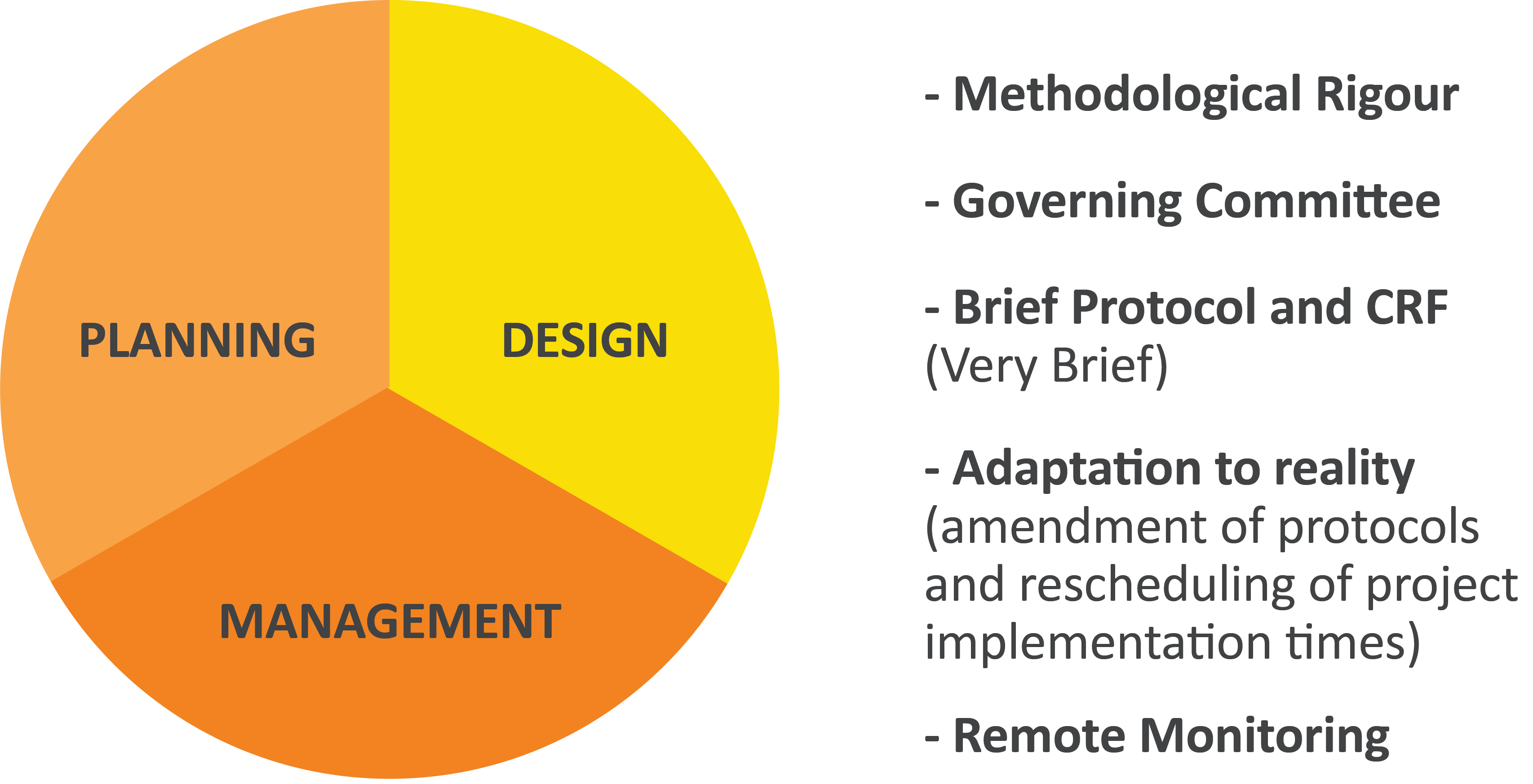Dr. Paola Antonini, Meditrial scientific director.
If well designed, observational studies and registries produce treatment effect data comparable in importance to those in randomized controlled trials,[1] generating information missing in traditional interventional studies and real-world data to support marketing authorization.
WHAT DESIGN?
Observational studies offer a continuum of descriptive, exploratory, and experimental designs.
These include case studies, cross-sectional studies, case-control studies, retrospective designs, longitudinal cohort studies, and nested case-control studies [2]. Patient registries are an important component within this armamentarium as they facilitate the acquisition of long-term efficacy and safety data and provide information on market penetration and prescribing patterns of newly introduced drugs, biologics, or devices[3].
In addition, registries and other forms of observational research allow a focus on patient-reported outcomes, thereby capturing a 360-degree perspective on drug and device efficacy and improved quality of life. Because of the inclusion of patients with concomitant diseases and therapies, observational data facilitate the examination of subgroups that may not have previously been identified, in which the benefit/risk ratio is improved and for which further investigation in well-controlled settings, such as using phenotypic/genotypic variables that impact treatment response, is warranted[4].

By the very nature of the population evaluated, registries particularly facilitate the identification of off-label use in potentially new indications, allow monitoring of long-term safety, and provide information on estimates of comorbidity and concomitant use of other drugs[5]. Study design and the type of data collected vary depending on the intended end use of the information.
MULTIPLICITY OF STAKEHOLDERS
The mix of interventional and observational studies in a development program is reflected in the mix of stakeholders involved in the process.
For example, patients might be specifically interested in outcomes directly related to the most troubling symptom of disease where payers focus more on coverage and pricing. Indeed, in a clinical development program that must include studies covering the entire drug lifecycle, the planning of observational studies, including registries, takes place in the pre-registration phase, when key product characteristics are already outlined but need to be further defined.
DESIGNING FOR SUCCESS
Observational research projects include different types of differently named studies, such as non-interventional studies (NIS, not interventional studies), compassionate use programs, registries, post-authorization safety or efficacy studies (PASS or PAES), expanded access programs, and phase IIIB/IV studies.
Such research projects require sound methodology, steering committees, and various permutations of remote monitoring. Short protocols (and also case report forms that are streamlined in structure) facilitate participation by physicians who are sometimes unfamiliar with clinical research requirements. Finally, knowledge of registration timelines is essential to optimize study time.
In an observational research project there can be bidirectional benefits in collaboration between sponsoring companies and CROs for the purposes of careful selection of centers, proper management of uneven start-up of multiple sites in the different countries involved, and adherence to various regulations.

TAKE HOME MESSAGES
- Observational studies are designed to evaluate interaction effects
Once past the registration or approval context, drugs, biologics, and devices enter the complex matrix of clinical management of the patient undergoing multiple therapeutic interventions that represent the standard of care in the absence of the new intervention. The interaction of established treatments with the newest “therapeutic tool” creates a framework of complexity that requires new evidence. This new evidence is provided by observational programs.
- The importance of including observational studies in the portfolio of clinical trials beginning with first-in-human
Observational studies, including registries, are within a portfolio of clinical trials designed to produce the variety of data used in decision-making processes for formulary placement, reimbursement, and patient access to drugs, biologics, or devices. The published data from such clinical trials are valued by an expert audience, quantify the impact on the health care system, and facilitate decision-making by an increasingly diverse set of stakeholders, each with specific data demands.
Edited by Paola Antonini, Meditrial scientific director
[1] 1. FConcato J, Shah N, Horwitz RI. Randomized, controlled trials, observational studies, and the hierarchy of research designs. N Engl J Med. 2000 Jun 22;342(25):1887-92.
[2] Shah, N. Evidence standards in the era of comparative effectiveness. AHDB.2(1): s41-s48, 2009.
[3] 4. Polygenis D, ed. ISPOR Taxonomy of Patient Registries: Classification, Characteristics and Terms. Lawrenceville, NJ; 2013.
[4] Murphy M. Pharmacogenomics and drug development. Am Health Drug Benefits. 2010. 3 (2): 79-80.
[5] Grembowski D, Schaefer J, Johnson KE, Fischer H, Moore SL, Tai-Seale M, Ricciardi R, Fraser JR, Miller D, LeRoy L; AHRQ MCC Research Network. A conceptual model of the role of complexity in the care of patients with multiple chronic conditions. Med Care. 2014 Mar;52 Suppl 3:S7-S14.







Leave A Comment